Flight delays are a common nuisance for travelers worldwide, caused by various factors such as weather, air traffic congestion, and operational challenges. Some routes and airports are notably more prone to delays than others, creating a ripple effect of frustration for passengers. In this blog post, we explore 15 flight routes infamous for their delay records, offering insights into what makes them the most challenging for timely departures and arrivals.
1. JFK (New York) → Raleigh-Durham, FL → Orlando, FL, and FLL → Windsor Locks
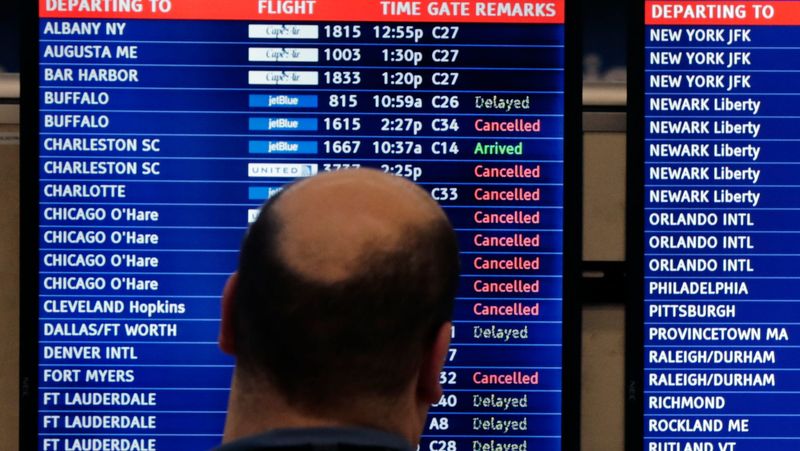
JetBlue faced repercussions when fines were imposed by the U.S. Department of Transportation due to persistent delays across four East Coast routes. Notably, flights from New York JFK to Raleigh-Durham and Fort Lauderdale to Windsor Locks were consistently late. Over 50% of these flights arrived over 30 minutes behind schedule through late 2023. This trend highlights operational inefficiencies and highlights the challenges faced in managing high-traffic routes. With significant passenger numbers, these routes require meticulous planning to avoid such delays. JetBlue’s struggle serves as a reminder of the complexities of air travel logistics, particularly on heavily trafficked paths.
2. Orlando (MCO) ↔ Philadelphia (PHL)
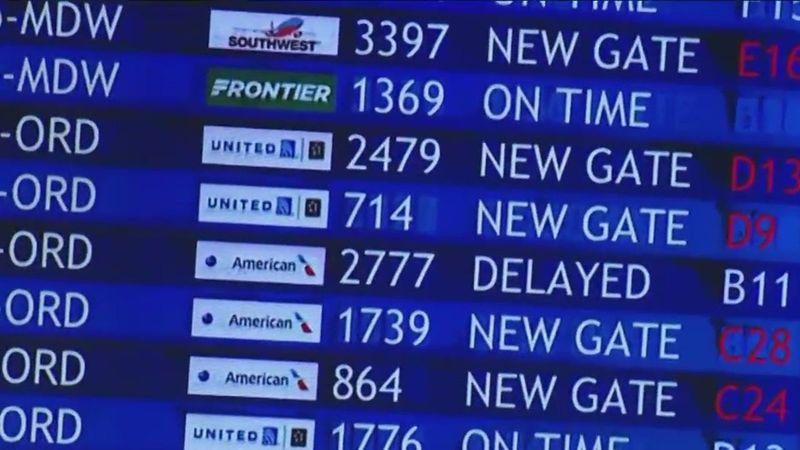
Imagine waiting at Orlando International, only to find out your American Airlines flight to Philadelphia is delayed again. This route holds the unenviable title of the longest average delay in the U.S., with planes typically touching down 35 minutes late. The repeated setbacks frustrate both leisure and business travelers. While weather and congestion often bear the blame, underlying operational issues also contribute significantly. The disruptions on this route underline the delicate balance required to maintain timely flight schedules. Persistent delays impact customer satisfaction, challenging airlines to enhance their efficiency and reliability on this busy corridor.
3. Dallas/Fort Worth ↔ Mexico (various)
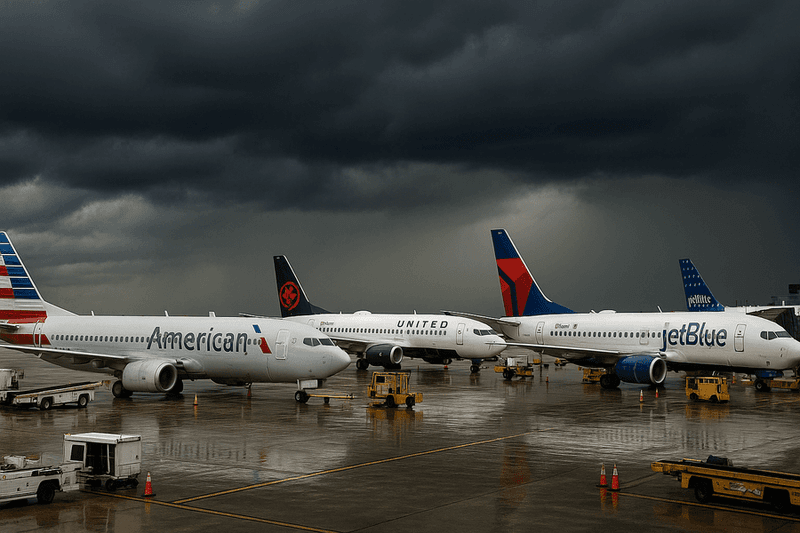
Dallas/Fort Worth serves as a critical hub for flights to Mexico, yet travelers often encounter setbacks. Ranked just after the Toronto routes in delay statistics, these flights frequently face schedule disruptions. Whether due to weather, airspace congestion, or operational issues, delays can severely impact travel plans. Travelers heading to Mexico should be prepared for potential hiccups. Despite the challenges, the demand for these routes remains high, driven by strong tourism and business ties. Airlines continuously work to improve punctuality and customer satisfaction, yet the complexities of international travel often present hurdles that are difficult to overcome.
4. Leeds Bradford (UK) → Poznań (Poland)
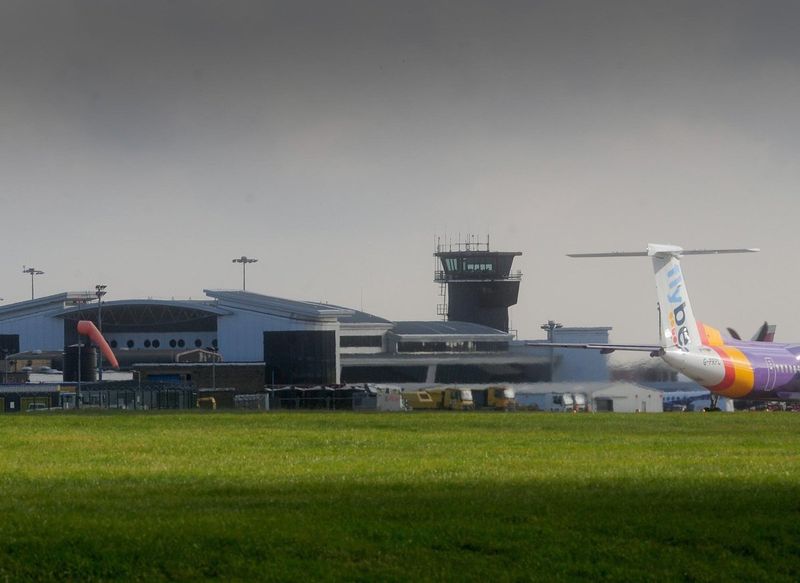
For those flying from Leeds Bradford to Poznań, patience is a virtue. This route stands as the UK’s most delayed, with average arrivals lagging by 36 minutes over a year. Frequent travelers on this path know the familiar feeling of watching the clock tick past the scheduled landing time. Unpredictable weather and operational challenges contribute to the route’s notorious reputation. These delays highlight the unpredictable nature of air travel, where even short-haul flights face hurdles. While improvements are sought, those flying this route should brace for potential hold-ups, making it wise to plan extra time into their schedules.
5. Birmingham (UK) → Dubai (UAE)

Birmingham to Dubai flights consistently rank among the UK’s most delayed, averaging a 30-minute lateness. For travelers anticipating the cosmopolitan allure of Dubai, such delays can be frustrating. The route’s high demand places additional stress on airline operations. Although less severe than Leeds, these delays are significant, especially for connecting travelers. The mix of long-haul flight logistics and busy airspace prompts airlines to refine their operations continually. Travelers should anticipate possible delays, ensuring they have ample connection time if Dubai is a stopover. Airlines are aware of the challenges and are working to improve punctuality.
6. East Midlands (UK) → Paris-Orly (France)
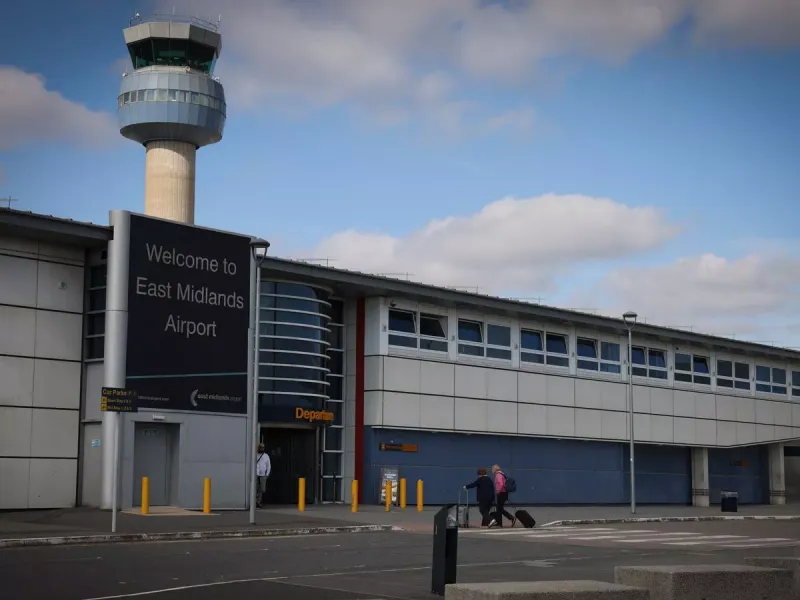
Travelers heading from East Midlands to Paris-Orly often find their plans thwarted by late arrivals. This route ranks third in UK delay data, with an average lateness of 28 minutes. While a short hop across the channel, operational and weather-related issues often disrupt schedules. Passengers frequently experience the frustration of airport waiting areas. Despite the challenges, the route remains popular due to the cultural and business ties between the UK and France. Airlines are committed to minimizing delays, yet the unpredictable nature of short-haul flights often presents a hurdle. Planning for flexibility remains crucial for travelers on this route.
7. Various UK Delayed Routes
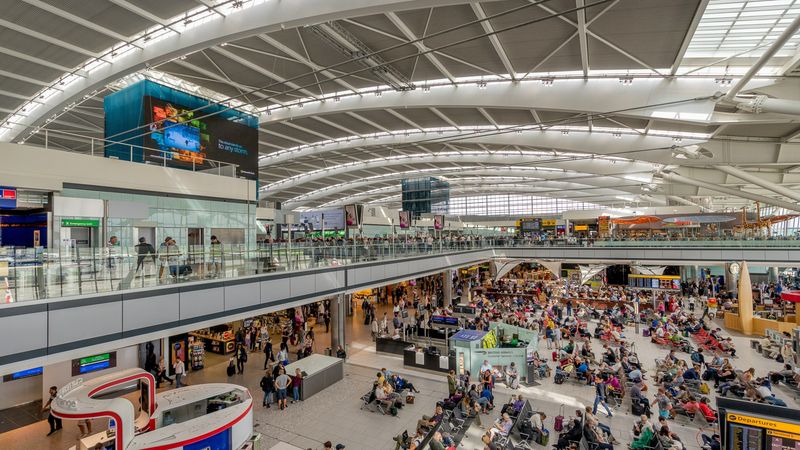
Several UK routes suffer from chronic delays, frustrating frequent fliers. Notable among these are Edinburgh to Belfast City and Manchester to Lisbon, with average delays around 25 minutes. Such delays are a constant reminder of the complexities of intra-European travel, where even short distances can lead to extended waits. Airspace congestion and operational challenges contribute to the issue. Though inconvenient, these routes continue to thrive due to strong demand. Travelers are advised to allow extra time in their itineraries. By being prepared, passengers can mitigate the stress associated with these regular delays and enjoy their travel experience.
8. Brisbane Domestic Routes (Australia)
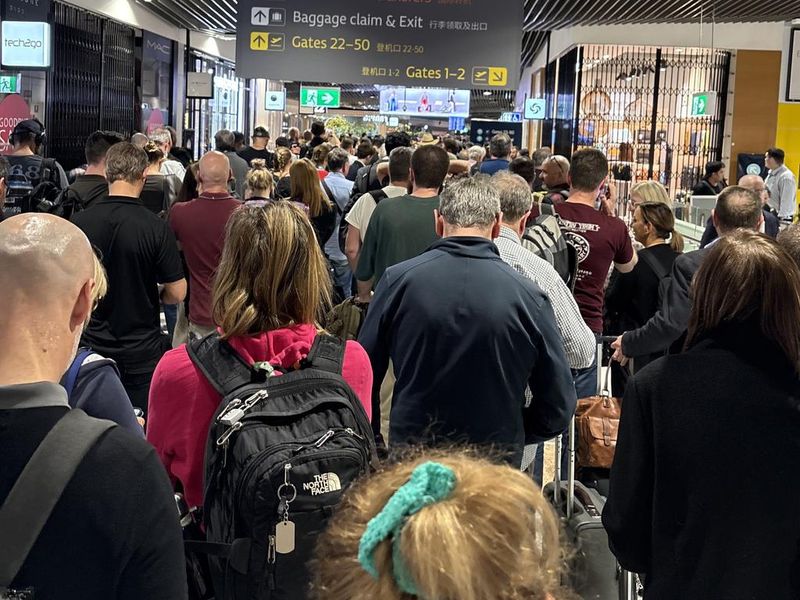
Brisbane’s domestic flight network has earned a reputation for its frequent delays, with approximately 25% of flights affected in 2024. Routes to Sydney and Melbourne bear the brunt, notorious for cancellations and schedule disruptions. Jetstar leads with the highest delay rates, followed closely by Virgin and QantasLink. These delays impact travelers significantly, turning short domestic trips into prolonged affairs. The challenges stem from high demand and operational bottlenecks. Passengers are advised to remain flexible and plan for potential changes. Despite these issues, the popularity of these routes persists, driven by strong business and leisure travel demand.
9. Southwest: Chicago Midway ↔ Oakland and Baltimore ↔ Cleveland
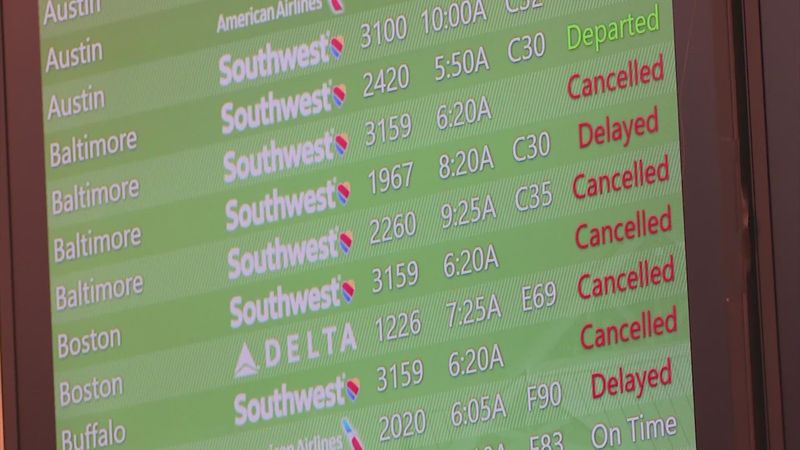
Southwest Airlines faced legal challenges due to its chronically delayed flights between Chicago Midway and Oakland, as well as Baltimore and Cleveland. Months of delays led to passenger frustration and legal scrutiny. These routes highlight the operational challenges airlines face in maintaining punctuality. The issues often stem from airspace congestion, scheduling mishaps, and unpredictable weather. Despite these setbacks, the routes remain popular, underscoring the demand for travel between these key cities. Airlines are committed to resolving these issues, working to enhance the travel experience. Passengers are encouraged to plan for flexibility amidst potential delays.
10. Toronto ↔ Miami (MIA); Toronto ↔ Fort Lauderdale (FLL)

Frequent fliers between Toronto and Florida destinations like Miami and Fort Lauderdale know these routes are notorious for delays. High traffic volumes, especially during peak travel seasons, exacerbate the situation. These routes often appear on lists of the most delayed flights, with passengers frequently left waiting in terminals. The bottleneck is not always predictable, with weather and airspace congestion playing roles. As travelers plan vacations or business trips south, they should brace for potential hiccups. Yet, the allure of Florida’s beaches and warm climate keeps these routes bustling, underscoring the demand despite persistent delays.
11. Seasonal U.S. Routes, Especially Florida Domestic (Xmas/Holiday Period)
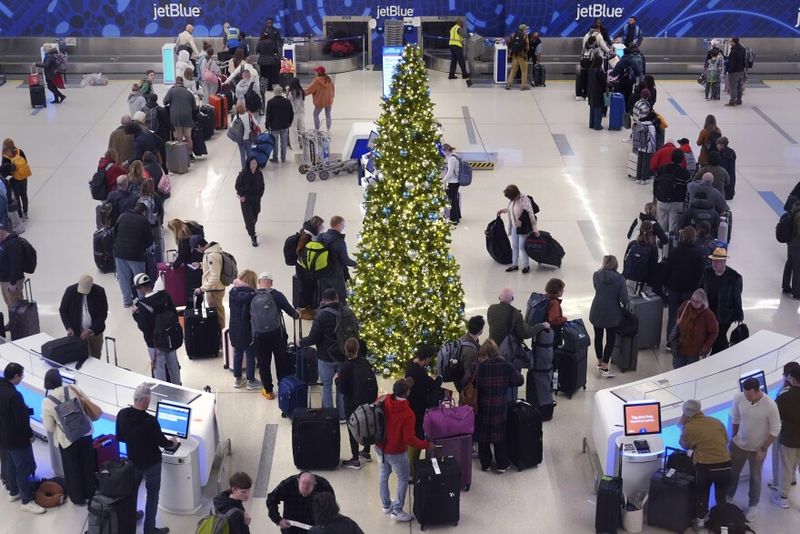
During the holiday season, flights on certain U.S. routes, particularly within Florida, experience significant delays. The Fort Lauderdale to Tampa route stands out, with average delays of over an hour during Christmas. This seasonal surge in demand stresses airline operations. Travelers often find themselves navigating crowded terminals and coping with schedule changes. Though frustrating, these delays are often anticipated, given the rush of holiday travel. Airlines strive to manage schedules efficiently, yet the increased passenger volumes pose challenges. Passengers should account for potential delays in their holiday plans, ensuring a stress-free travel experience during this busy season.
12. Low-Certainty or Seasonal “Pending” Flights

Flights with low-certainty factors, such as those dependent on seasonal demand or leased aircraft, are prone to delays. These routes lack the predictability of regular flights, making them vulnerable to last-minute changes. Travelers on these paths often face uncertainty, with cancellations or delays springing up unexpectedly. While these flights offer flexibility, they require passengers to be prepared for potential disruptions. Airlines work to mitigate these issues, yet the inherent variables in such operations present ongoing challenges. For those traveling on these routes, maintaining a flexible itinerary is key to managing expectations and enjoying their journey.
13. Baltimore/Washington International (BWI) Outbound Flights
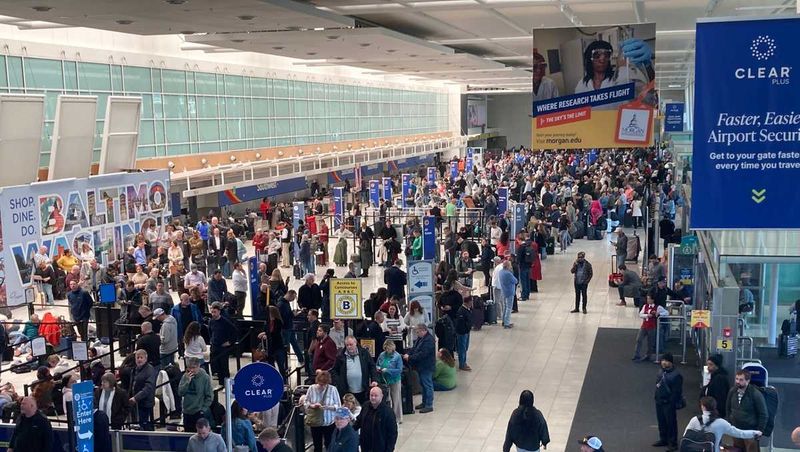
Baltimore/Washington International faces a daunting challenge with its high outbound delay rate. Over 53% of flights depart behind schedule, impacting a broad range of routes. This delay rate reflects broader operational issues, including airspace congestion and scheduling conflicts. Travelers from BWI are advised to prepare for potential setbacks, accounting for delays in their plans. The airport remains a key hub for domestic and international travel, necessitating ongoing efforts to enhance efficiency. Passenger experiences vary, but the high delay rate underscores the need for flexibility and patience. As airlines work to improve, passengers should remain adaptable in their travel plans.
14. Seoul (ICN), Ho Chi Minh City (SGN), Amsterdam (AMS) etc.: Major Delay-Prone Airports
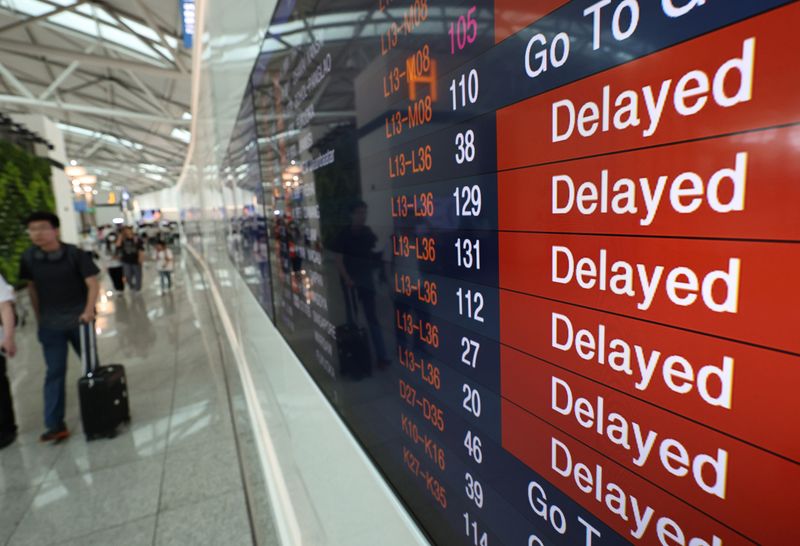
Certain airports globally, like Seoul’s Incheon, Ho Chi Minh City, and Amsterdam, are infamous for their high delay rates. Seoul’s ICN tops the list with over 50% of flights delayed, creating cascading effects on global travel routes. Such delays highlight the operational challenges faced by major hubs. Passengers flying through these airports often experience extended waits and must navigate crowded terminals. Despite the delays, these airports remain crucial for international connectivity. Travelers should remain aware of potential delays, ensuring they have flexible itineraries to accommodate unexpected changes. The ongoing efforts to enhance efficiency continue, yet the challenges persist.
15. U.S. Low-Cost Carriers’ Frequent Routes
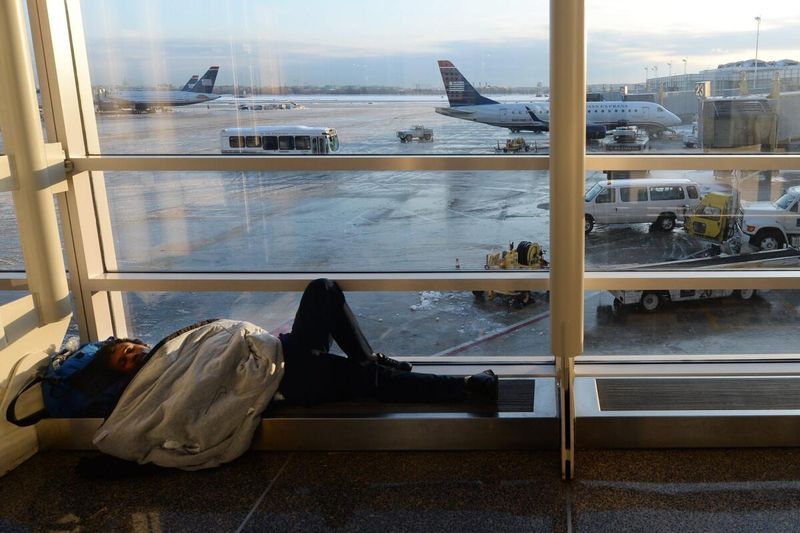
Low-cost carriers in the U.S., such as Frontier, WestJet, and Spirit, are notably delay-prone. With over 30% of flights delayed, passengers often face disruptions on these routes. While budget-friendly, these carriers grapple with operational challenges that impact punctuality. High traffic volumes and scheduling constraints contribute to the delays. Despite these issues, the demand for affordable travel keeps these airlines bustling. Travelers are advised to plan for potential delays, ensuring flexibility in their itineraries. By doing so, passengers can make the most of cost-effective travel options while navigating the complexities of budget airline operations.



